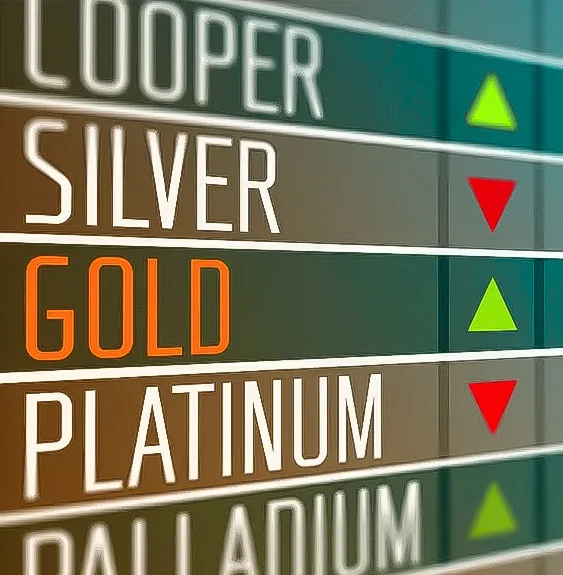Bonds Trading








Trade Bonds & Treasuries
Blockchain Tradein offers a focused range of US, European and Asian government bonds (also known as treasuries or securities) to trade as CFDs on MetaTrader 4 and MetaTrader 5.



What are Treasuries?
Government treasuries – bonds issued by national governments – are considered among the safest long-term investments. When an investor purchases a government bond they are, in effect, lending money to the government for a set number of years. In return they receive interest payments on the amount of the loan. The face value of the bond does not change. Bonds do not have to be held until they mature. There is a thriving secondary market for government bonds. There are a number of factors to consider when calculating the likely future value of a government bond, including political stability, the value of its currency and the risk of inflation. What Are the Differences Between Stocks and Bonds? Stocks, or shares that you can buy, represent partial ownership in a public corporation. These are the companies that you see being traded on the major global exchanges, such as the NYSE, LSE, and many others. Bonds, on the other hand, are a form of debt in which the issuer, typically a government or corporation, promises to pay the principal amount at a specific date in the future. Stocks can pay dividends to the shareholders, but only if the corporation declares a dividend. This is common, generally, with more mature companies, such as Coca-Cola, Walmart, or Vodafone. Dividends are a distribution of a corporation’s profits to the shareholders, the true owners of the company. Each time dividends are paid out; the amounts will vary as a result of changing profits and earnings per share. In contrast, bonds pay interest to the bondholders. While there are a lot of variations, as a general rule, the contract requires that a fixed interest payment be made every six months, with the principal paid out at expiration. While every corporation has common stock, some will also offer bonds. Some corporations will also issue preferred stock in addition to its common stock. However, many corporations do not issue bonds, and typically, will only do so when there is a need for capital injection. The stocks and bonds issued by the largest corporations are often traded on stock and bond exchanges, which are easily accessible to global investors and larger institutions. The stocks and bonds of smaller corporations, however, are most often held by investors in the private markets.
How Do Bonds Work?
Bonds can be thought of as loans. Just as we sometimes need to borrow money to make a large purchase, such as a home or car, governments and corporations will sometimes need to borrow money to finance existing expenses, for construction, or for further expansion. Sometimes, the amount of capital required far outreaches the ability of banks to accommodate this need. This is where the bond markets come into play. In the bond market, participants can issue new debt, which is known as the primary market, or they can sell and buy debt securities, which is known as the secondary market. This is usually in the form of bonds, but it may include bills, notes, and so on. When a bond is issued, the issuer promises to pay the bondholder interest payments on the amount of the loan, for the life of the loan. This is typically done in six-month increments but can be slightly different for a few bond types. The payment is referred to as the interest, or sometimes the coupon. The rates are typically higher for the longer-term bonds, as investors are forced to wait. Eventually, the bond matures, and the issuer then closes out the contract by paying back the principal. This is agreed upon upfront, for example, in the form of a ten-year bond. A vital part of the bond market is the government bond market. The reason for this is because of its liquidity and size. Government bonds are often used to compare other bonds in order to measure credit risk. As a result of the inverse relationship between interest rates or yields and bond valuation, the bond market is often used in order to indicate changes in interest rates. There are some interesting variations of bonds as well. There are convertible bonds, which contain a provision that allows the bondholder to convert the bond into shares of the issuing corporation if they choose. Meanwhile, callable bonds have all of the characteristics of a normal bond, but also have a call option built into the contract. This helps to protect the investors’ finances. Start trading government bonds with Blockchain Tradein and enjoy the benefits of trading with a regulated, award-winning broker!
How Does the Bond Market Work?
When companies or other entities need to raise money for a variety of reasons, such as refinancing existing debts, maintaining ongoing operations or financing new projects, instead of obtaining a loan from the bank, they may issue bonds directly to investors. The issuer of the bond, or the indebted entity, will issue a bond that contractually states the interest rate that will be paid and the time at which the loaned funds must be returned. This is the maturity date of the bond. Meanwhile, the interest rate, which is often referred to as the coupon payment or rate, is the return that bondholders earn for loaning their funds to the issuer. The bond markets are an open market like many others. You can enter the markets looking to buy a bond in a corporation or government, and either invest long-term, meaning holding onto the bond; or you could speculate, meaning trading for quick profits. However, in the bond markets, bond prices work a bit differently. The interest attached to the price of a bond is inversely correlated. This means that the higher the price, the lower the interest rate, as the demand is also higher. The issuer doesn’t need to offer as much incentive to borrow money. Some of the biggest movers in the bond markets include governments, banks, government agencies, such as Fannie Mae (Federal National Mortgage Association) in the US, and others. The ironic thing is that many of the biggest issuers are also some of the largest purchasers. For example, the Bank of Japan will buy US Treasuries issued by the United States. The bond markets most obvious major player is the ten year note in the US, which many of the consumer interest rates are tied directly to. For example, the credit card markets are typically referred to as ‘prime plus X%’. If people are buying these types of bonds, such as US Treasuries, it is often considered to be a ‘risk averse’ move. In short, if you are interested in trading bonds, Blockchain Tradein offers an all-inclusive trading environment with all the tools and services required to trade bond CFDs effectively.
Trading Bond CFDs
Blockchain Tradein allows you to speculate on the shifting value of common government bond futures, such as the US 10-Year T-Note, through CFD trading. A CFD (contract-for-difference) is a type of derivative that allows you to speculate on the price of an underlying asset – in this case a government bond future contract – without actually owning the asset itself. The advantage of CFD trading is that you can trade long (buy) or short (sell) easily, trade with leverage in order to take a bigger position, all from a common online trading platform such as MetaTrader 4. For more information about trading conditions and CFD rollover calculations, click here.
Blockchain Tradein currently offers the following treasuries:
- Euro-Bund
- Japan Government Bond
- Start trading bonds with Blockchain Tradein and enjoy the benefits of trading with a regulated, award-winning broker!

